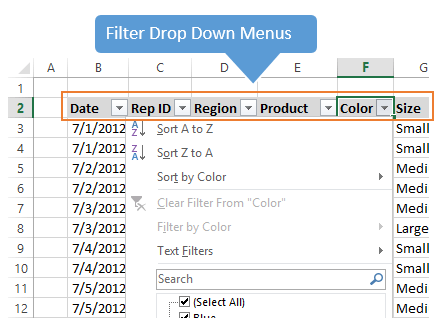

Once you are editing a cell, you can use the F2 / Ctrl+U again to toggle through available edit modes (edit, enter, point). If you want the cursor to move to the formula bar, see below. These two are my favorite shortcuts which very few people know about and use them.This shortcut enters cell edit mode with the cursor at the end of the last line of text in the cell. In some formulas giving the correct cell reference of the Active cell is very important. This indirectly lets you know the column headers as well. It will change the Active cell of the selection. Just select a whole range of cells and press this shortcut to see what happens. To avoid this confusion, you can use " Ctrl+. Then again you have to select the whole range. Then the only option is to disturb the entire selection and going to the top cell of that column to see the column header to make sure where to build the formula. When you deal with large range of cells, may be thousands of rows deep down, especially when you build formulas, you want to check whether you are building the formula in the right column after selecting thousands of rows down, because you cannot see the column header. building formula or applying some formats or colors etc. And now you can do whatever you want with it i.e. That's it, it goes down as an express elevator with out even stopping at any blank cells. If the data in question is in D2:D12000 with some gaps in between and we want to select whole range, here is the method: 1)Keep the cursor at D2, 2) Go to the Namebox, type D12000 (you should know about the data range prior), press Shift+Enter. When you have some range of cells with gaps in the data, you cannot use the keyboard shortcut Ctrl+Shift+Down Arrow or Ctrl+Shift+Up Arrow, you cannot select them all at a go, because it will stop you before the next blank cell. I am revealing some of the MOST IGNORED shortcuts which are very powerful and useful here. Go.Īlso check out: Comprehensive list of Excel keyboard shortcuts.


So go ahead share your favorite ones in comments. I am sure there are tons more shortcuts that I have omitted. What are your favorite shortcuts for writing / editing formulas?

Very useful when explaining your worksheet to others. F9: Evaluate selected portion of a formula. Select a portion of a formula and press F9 to evaluate it alone.Writing and editing formulas is such an important part of Excel that there are many other useful shortcuts and tricks. And you get a copy of the formulas alone. If you just want to make a copy of the formulas and omit cell formatting etc., copy the cells with formulas, go elsewhere, press ALT + E and then S and F. (more: Guide to Excel cell references and when to use what?) Just place cursor inside the range / cell address and press F4 to cycle thru all available reference styles. When typing formulas, often you may want to change a certain cell reference to Absolute or Mixed or Relative. F4: Switch reference styles – Absolute > Mixed > Relative > Absolute.You can save a ton of time by just arrow key + tabbing. Use arrow keys to select the function, name or structural reference you want, Press Tab key to let Excel type it for you. As you start typing a formula, Excel shows auto-complete suggestions. Tab: Auto-complete functions, names, structural references.Excel will show a list of all names and pick what you want. Whenever you want to type a name, press F3 instead. When you have a lot of names, often remembering them can be tricky. When you select a cell and press F2, Excel places cursor at the end and lets you edit the cell value / formula. So today, let us learn 5 important keyboard shortcuts that will save you a lot of time and help you write better formulas. As an analyst (or manager), I bet a good portion of your Excel time is spent writing formulas and getting the results.


 0 kommentar(er)
0 kommentar(er)
